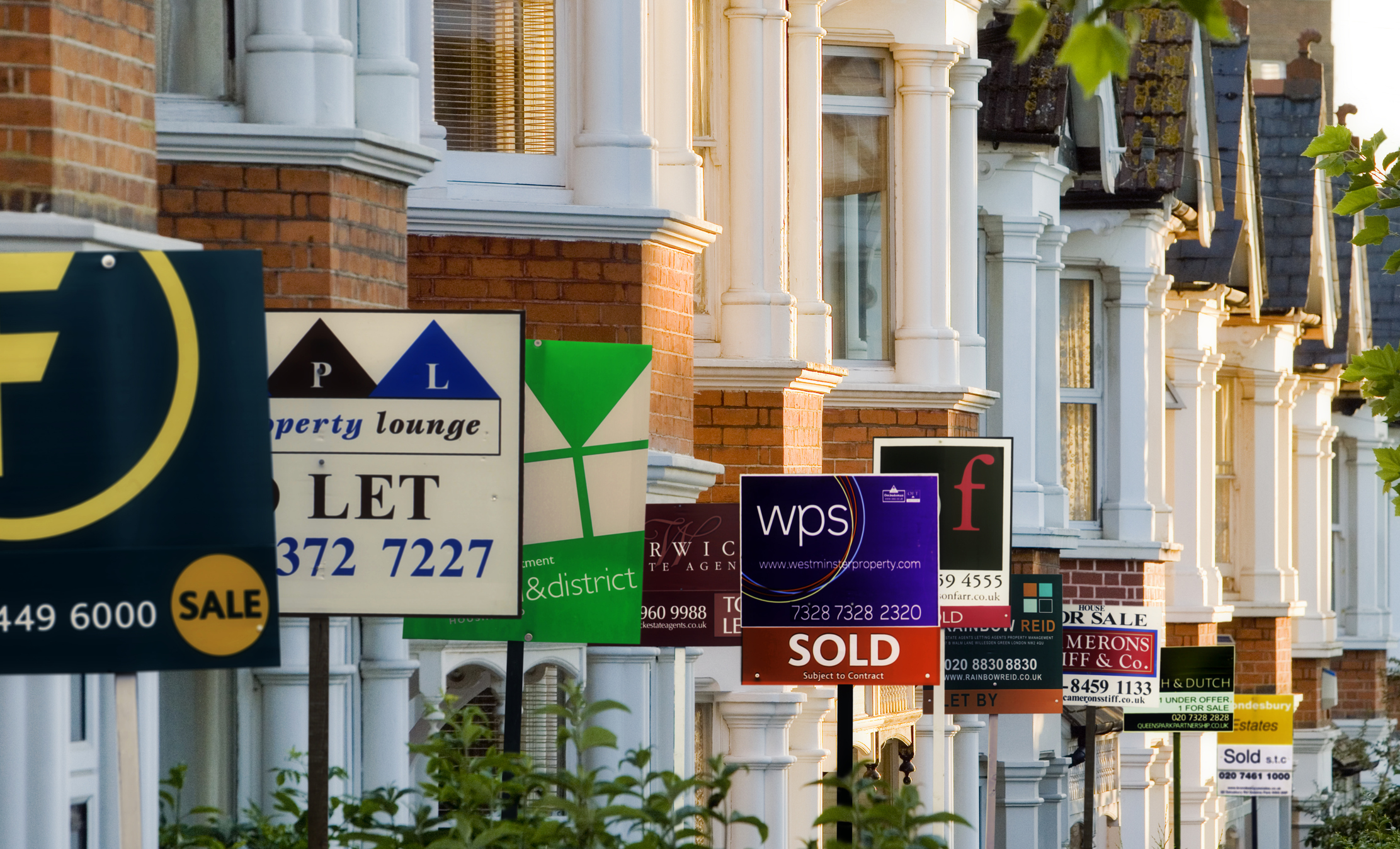Top 20 UK areas where house prices have ballooned in last 25 years
Some parts of the UK have seen house prices grow by 652% since the turn of the millennium


House prices have ballooned by 257% in the past 25 years, according to new analysis by real estate services firm Savills.
The average price for a home in the UK at the turn of the millennium was just £88,466, compared with £329,988 today. When adjusted for inflation, that is an increase of 92%.
At the start of the century, house prices were growing quickly, peaking at a staggering rate of 24.8% in January 2003. With the onset of the financial crisis, however, prices fell by 21%.
MoneyWeek
Subscribe to MoneyWeek today and get your first six magazine issues absolutely FREE

Sign up to Money Morning
Don't miss the latest investment and personal finances news, market analysis, plus money-saving tips with our free twice-daily newsletter
Don't miss the latest investment and personal finances news, market analysis, plus money-saving tips with our free twice-daily newsletter
The lion’s share of price growth happened in just the first five years of the century as the market fluctuated in the following 20 years, the research showed.
The rate of growth seen in the first quarter of the century is a far cry from more anaemic figures for 2024/5. New data by Halifax found that the annual growth rate in the last year was 3% - a measly figure when compared to the heights of 2003.
Lucian Cook, head of residential research at Savills said: “The stellar price growth that we saw in the first five years of the new millennium sowed the seeds for fundamental change.
“The legacy of the credit crunch, including tighter mortgage regulation, heralded the end of long-term inflation-busting house price growth, leading to lower levels of transactional activity and permanently higher deposit hurdles for first-time buyers.
“This in turn has impacted how we live. Once heralded as a nation of home ownership, owner-occupied households are now in decline, with the private rented sector growing by 141% over the period.”
Where have house prices grown the most in the UK?
Unsurprisingly, London is the region that has experienced the most house price growth. In the capital, the cost of a home has soared by 357%. That number is almost doubled in some areas - for example, property prices in Walthamstow have ballooned by 652%.
Moving outside of London, the East of England has seen the second-highest growth in average house prices as homes there now cost 309% more than in the year 2000. The South West also experienced high growth as prices increased by 289% in the same time period.
On the other hand, areas that have fallen behind include Northern Ireland which has seen the lowest house price growth of anywhere in the UK. This being said, the average home still costs 216% more than it did at the turn of the millennium.
Here’s a list of the 20 parliamentary constituencies that saw the highest house price growth since 2000:
| Area | Average price | 25 year change |
|---|---|---|
| Walthamstow | £553,018 | 652% |
| Leyton and Wanstead | £617,604 | 594% |
| West Ham | £463,120 | 590% |
| Tottenham | £548,994 | 560% |
| Lewisham, Deptford | £530,895 | 537% |
| Manchester, Gorton | £238,719 | 537% |
| Hackney South and Shoreditch | £732,549 | 520% |
| Blackley and Broughton | £213,365 | 517% |
| East Ham | £434,399 | 499% |
| Hackney & Stoke Newington | £701,625 | 496% |
| Camberwell and Peckham | £590,170 | 492% |
| Lewisham West and Penge | £526,629 | 491% |
| Bristol South | £339,912 | 489% |
| Dulwich and West Norwood | £736,053 | 481% |
| Hove | £522,268 | 475% |
| Brighton, Pavilion | £492,457 | 472% |
| Brent Central | £613,892 | 471% |
| Hampstead and Kilburn | £1,211,075 | 455% |
| Cities of London and Westminster | £1,805,986 | 452% |
| Barking | £358,218 | 445% |
Source: Savills using Land Registry
Commenting on this data, Cook said: “The rise of aspirational urban living has led to the likes of Bristol, Bath, York and Manchester outperforming the rest of the UK since 2000.
“We have also seen particularly strong growth in desirable coastal and second-home hotspots, exacerbated more recently by the ‘race for space’ when Covid-19 hit.”
Get the latest financial news, insights and expert analysis from our award-winning MoneyWeek team, to help you understand what really matters when it comes to your finances.
Daniel is a financial journalist at MoneyWeek, writing about personal finance, economics, property, politics, and investing.
He is passionate about translating political news and economic data into simple English, and explaining what it means for your wallet.
Daniel joined MoneyWeek in January 2025. He previously worked at The Economist in their Audience team and read history at Emmanuel College, Cambridge, specialising in the history of political thought.
In his free time, he likes reading, walking around Hampstead Heath, and cooking overambitious meals.
-
 The best real estate opportunities to invest in for 2026
The best real estate opportunities to invest in for 2026House price growth may be slowing but offices and online shopping are driving growth in real estate investment
-
 Asia's new tiger economy: MoneyWeek Talks
Asia's new tiger economy: MoneyWeek TalksPodcast MoneyWeek's editor, Andrew van Sickle, speaks to Dragon Capital's Thuy-Anh Nguyen about Vietnam's remarkable rise
